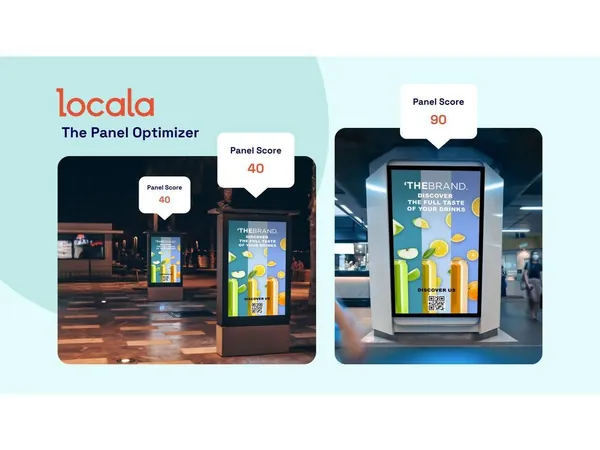
Revolutionary Study Unveils Why Carbon Supercharges Metal Nanoparticle Catalysts!
2024-11-11
Author: Michael
Revolutionary Study Unveils Why Carbon Supercharges Metal Nanoparticle Catalysts!
In a groundbreaking development for the chemical industry, researchers from TU Wien have uncovered critical insights into why precious metals like silver, platinum, and palladium are so effective as catalysts—especially when used as tiny nanoparticles supported on carbon substrates. Traditionally, these noble metals facilitate chemical reactions that are either too slow or impossible without their presence, but the mystery of why carbon significantly enhances their performance has long puzzled scientists.
The research, recently published in *ACS Catalysis*, highlights a remarkable discovery: silver nanoparticles resting on a carbon base are up to 200 times more active than those made purely of silver. This astonishing finding could revolutionize industrial applications, making processes cheaper and more efficient.
Why Does Carbon Matter?
The key factor appears to be the interface where the silver nanoparticles and carbon come into direct contact. Through advanced computer simulations combined with hydrogen isotope exchange techniques, the researchers established that it is at this critical juncture that the catalytic activity skyrockets. The study's lead author, Thomas Wicht, explains, “This interaction not only enhances efficiency but also allows industries to drastically reduce the quantity of precious metals needed—approximately a two-hundredth of the amount.”
For years, the relationship between carbon and metal nanoparticles seemed almost mystical, with various sources of carbon (like coconut shells or specific woods) believed to impart differing properties. However, the researchers aimed to demystify this process rather than accept it as mere trial and error. Prof. Günther Rupprechter noted that understanding these atomic interactions would open doors to optimizing chemical reactions in unprecedented ways.
A New Approach to Catalyst Testing
The TU Wien team meticulously created silver nanoparticles at defined sizes and placed them on a suitable carbon substrate. They then subjected these samples to rigorous testing in a chemical reactor environment. Silver’s ability to split hydrogen molecules was specifically examined, leading to impressive findings: the more active a catalyst is, the more frequently it facilitates the exchange of hydrogen isotopes.
This rigorous experimentation enables scientists to quantify, for the first time, the catalytic advantages conferred by the carbon support—an endeavor that could lead to a significant overhaul of industry practices. The exciting aspect of this research lies not only in the findings but in the methods employed—allowing other researchers to test various carbon sources quickly for their efficiency as catalyst supports.
Game-Changing Implications for Industry
The implications of these discoveries are substantial. Beyond reduced costs due to lower precious metal usage, there is a wide-ranging potential for improving the sustainability of chemical production processes. The research paves the way for better catalyst designs that could optimize everything from renewable energy generation to pharmaceuticals.
In short, the TU Wien team's findings not only unravel a long-standing mystery in the chemical industry but also provide a practical pathway to enhance catalytic efficiency across numerous applications. As Prof. Rupprechter concluded, this newfound understanding empowers manufacturers to ensure quality and effectiveness in catalyst development while saving significant time and financial resources.
This revelation is set to propel advancements in catalyst technology, making it an exhilarating time for the field as the application potential expands. Stay tuned as the chemical industry transforms with every breakthrough!









 Brasil (PT)
Brasil (PT)
 Canada (EN)
Canada (EN)
 Chile (ES)
Chile (ES)
 España (ES)
España (ES)
 France (FR)
France (FR)
 Hong Kong (EN)
Hong Kong (EN)
 Italia (IT)
Italia (IT)
 日本 (JA)
日本 (JA)
 Magyarország (HU)
Magyarország (HU)
 Norge (NO)
Norge (NO)
 Polska (PL)
Polska (PL)
 Schweiz (DE)
Schweiz (DE)
 Singapore (EN)
Singapore (EN)
 Sverige (SV)
Sverige (SV)
 Suomi (FI)
Suomi (FI)
 Türkiye (TR)
Türkiye (TR)